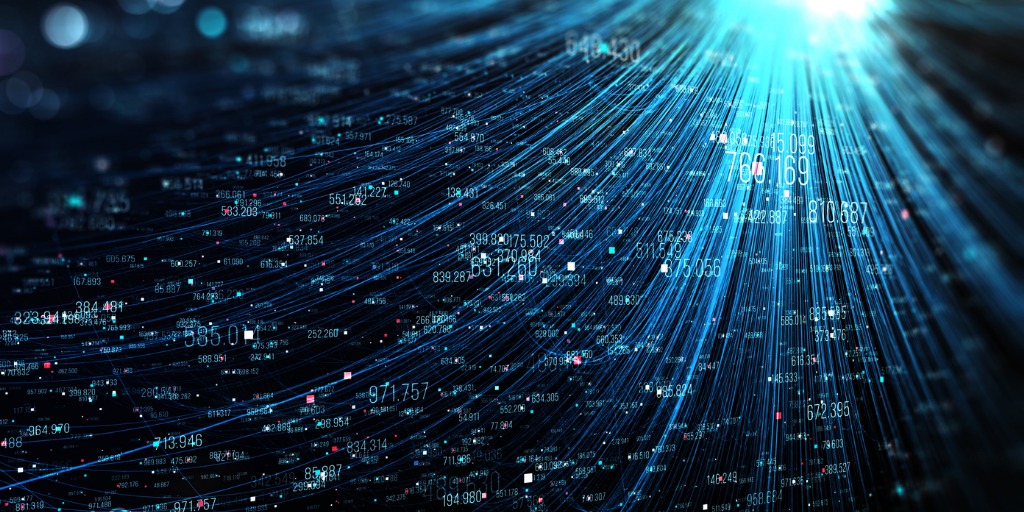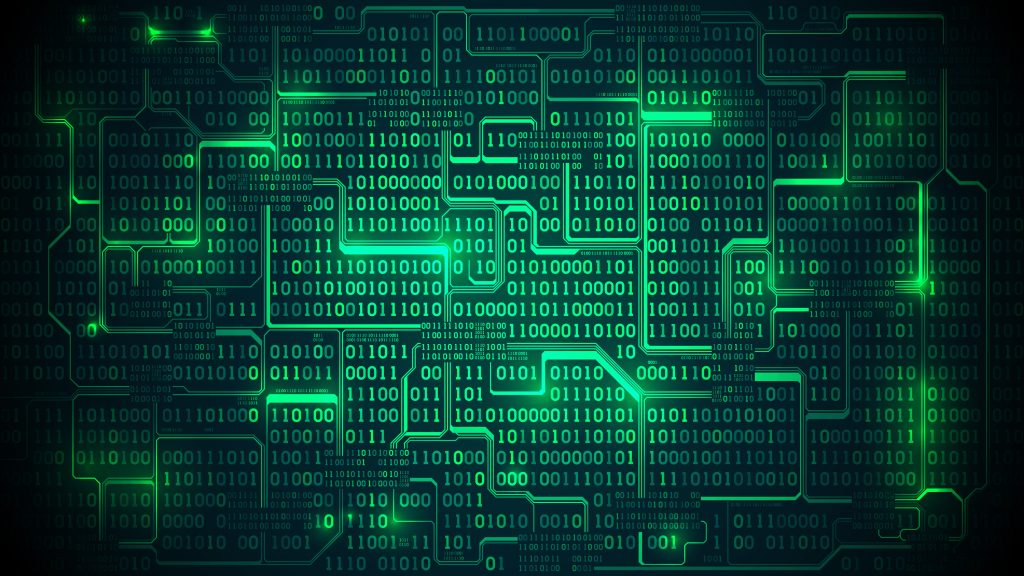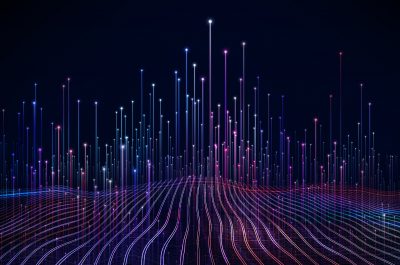Data is the new black
We are bathed in data, uploading and downloading every moment of the day. Data to do this and data to that. Everything we do is reliant on data and its transfer, from banking to staying in touch. Our electricity networks are no different, with data helping networks have visibility of their assets to ensure safe and efficient use of the grid. This is particularly important as more and more distributed energy resources enter the system.
Typically, data helps networks know whether the infrastructure is working or broken – a simple binary measurement, a lot like the bleeping heartbeat of a patient connected to a monitor in hospital. If the bleeping is there and regular, all is well, but not when the bleeping stops.
However, with the connection in our homes of distributed energy resources (DER) such as solar PV generation, batteries and electric vehicles, a “heartbeat” is no longer enough. Like a good doctor, who monitors temperature and takes blood samples, our networks need to have more information to help them operate the grid safely and securely. Good quality data lets networks know what is happening on their equipment, moment-by-moment, allowing them to take “smarter” approaches. As well as network safety and security, these smarter approaches can mean less expenditure on traditional poles and wires infrastructure to cope with the influx of DER and put downward pressure on customer bills.

We’ve talked before about the impact of reverse power flows and the impact of electricity generated by solar PV flooding the system at midday. One approach to this challenge is simply to tell people that they can’t export their excess electricity. But it is not efficient to “waste” that low carbon electricity when it could be exported from your house to your neighbour’s house to be used there. It also restricts customers’ use of their systems and it doesn’t allow that electricity or potential support services to be provided to the much bigger system at the transmission level. The Energy Networks Australia-CSIRO Electricity Network Transformation Roadmap and the more recent Open Energy Networks project, both demonstrate the advantages to all customers – those with DER and those without – of efficiently using the electricity and services we can provide via the investments we make at home.
The Open Energy Networks Required Capabilities report suggested that more than $1 billon would be saved if we could use DER more broadly.
But to secure the many benefits from DER, networks need to understand how those DER are behaving and how their networks are responding. This means networks need access to smart data from a variety of sources, not least their own equipment.
The Victorian Government mandated in 2006 that all residential and small business electricity customers throughout the state must have a smart meter installed. These smart meters provide electricity networks with a rich source of data that allows them to resolve issues and manage the network and customer connections efficiently and effectively. However, the ‘Power of Choice’ rules introduced in 2017 have meant that smart meters in other parts of Australia are now installed by third parties. Victoria has secured an exemption to this rule to ensure that its networks can continue to manage customer meters and access this vital connection point data.
The specification of a smart meter is critical to how useful it is delivering the smart data that a network needs to unlock the benefits of DER. So, care is needed to ensure that any meters that are being deployed in Australia are really smart enough to deliver data that will secure all those potential benefits.
The advantages for customers and the whole electricity system are significant. The right kind of smart meters providing data in real-time can help networks manage voltage issues, meaning more customers can export (and get paid for) the electricity they generate. This also enables the electricity system to be better managed so voltage spikes don’t cause customer equipment damage and power outages. It means networks can be aware of and remediate potential electrocution risks for households from faulty equipment before they cause problems.
In Victoria, networks own and operate the smart meters. Elsewhere in the National Electricity Market, the requirement to use third parties to install smart meters means that those third parties own the data on customer usage and the activity of any DER at that home. Of course, third parties can sell that data to networks, but networks need real-time and moment-to-moment data to be able to effectively manage their poles and wires to deliver many of the benefits.
It is not clear how much the third-party competitive metering providers will charge for access to the data or even if that data will be available in real-time or in a timely way in order to be useful. Using data from last month, once it has been through a process of quality control and anonymisation, is not the “smart” data that networks need.
In response, some networks are considering deploying monitoring equipment on their infrastructure, rather than relying on sub-optimal smart meter data.

For jurisdictions with competitive metering, careful assessment by networks means that direct real-time monitoring of the poles and wires can be efficiently targeted at key locations, rather than deploying monitors on every piece of the network. This ensures that networks take a cost-efficient approach to collecting the smart data needed to maximise the potential benefits from optimising DER investments, but are not investing in unnecessary equipment and monitoring.
Regardless of what the future system looks like and regardless of who does what, networks will need access to smart data in real-time and moment-to-moment to deliver benefits to all Australians as we see more and more solar and storage connecting to our networks. Careful thought needs to be given to ensuring that acquiring that data is achieved in a way that is secure, and that minimises costs to all customers, while maximising the opportunity for a distributed energy future.



